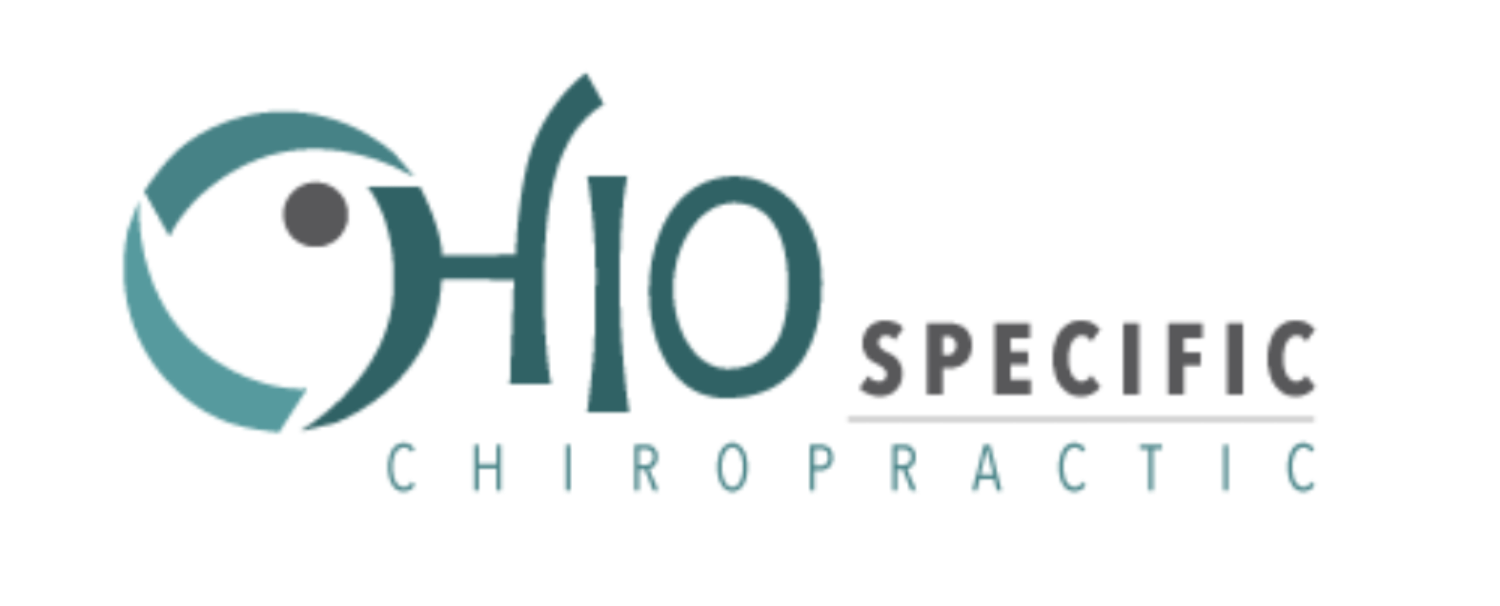Seizures / Epilepsy and the Upper Cervical Spine
In the upper cervical spine, there are four main structures to focus on. They are:
The Foramen Magnum of the Occipital bone
The Atlas vertebra (1st cervical bone)
The Axis vertebra (2nd cervical bone)
The Brainstem of the Nerve System.
The Brainstem exits from the Foramen Magnum. The Atlas and Axis bones protect and surround the Brainstem. The brainstem connects all the nerves from the brain to the nerves of the body.
Regarding epilepsy and seizures, the secondary focus is on:
The Reticular Formation
The Reticular Formation is found within the Brainstem. The Reticular Formation makes up a big part of the “switchboard operator” aspect of the Brainstem.
In the brain, we have two main hemispheres. They are the left and right hemispheres. The brain tissue itself is sectioned into two groups, the grey matter and the white matter. In the brain, for the most part, the grey matter is on the outside and the white matter is on the inside. Grey matter is made up of nerve cell bodies and white matter is made up of tracts that come off of the nerve cell bodies.
The area of nerve tissue below the brainstem is called the spinal cord. Here we find grey matter on the inside and white matter on the outside. Same as above in the brain, the grey matter is nerve cell bodies and the white matter is nerve tracts coming off of the cell bodies.
In the brainstem, all the nerve fibers that are found above in the brain cross from left to right, right to left, in to out and out to in. The Brainstem and its Reticular Formation collect all the stored information and energy from the brain above and pass it off to the body below. They also receive all the stimulation from the body below and transfers it up to the brain above for interpretation. The Reticular Formation of the Brainstem helps with Nerve System coordination and synchronization as well as consciousness, cognition and communication.
The Nerve System in general has four main functions:
It controls all the movements we make
Senses everything we feel
Regulates all our body organs
Relates us to the outside world
When nerves get stressed, it effects their sensitivity, perception and behavior to perform these functions. There are three types of stresses we deal with in life. The stresses are physical, chemical and emotional in nature. These stresses create nerve tension and spine imbalance.
One specific job of the brainstem is to adapt these stresses and help bring the spine back into balance. If the stresses are too great for the brainstem to adapt, compensations arise. One particular compensation that occurs in the upper cervical spine is a vertebral subluxation.
A vertebral subluxation will cause the Atlas and Axis bones to get locked in a misaligned position. This lock will perpetuate spine imbalance and Nerve System tension. This tension will lead to abnormal sensitivity, perception and behavior of the brainstem and surrounding nerves. Nerve System function is disrupted.
Over time, this disruption can lead to symptoms. The usual symptoms of seizures are:
Temporary confusion
A staring spell
Uncontrollable jerking movements of the arms and legs
Loss of consciousness or awareness
Psychic symptoms such as fear, anxiety or deja vu






